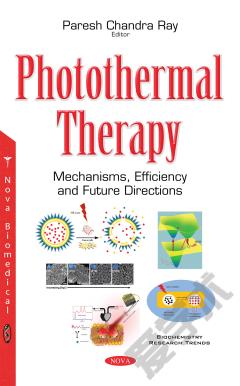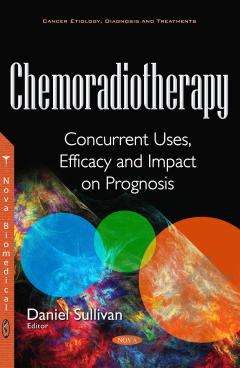Cochlear Implants: Advances, Efficacy and Future Directions
Cochlear Implants: Advances, Efficacy and Future Directions assesses the growing need to provide other measures for assessing the impact of cochlear implantation. As such, this book aims to evaluate the Cross-Modal Plasticity in deaf children with visual-impairment after CI use, through the analysis of changes in the topographic distribution of the cortical response of Somatosensory Evoked Potential by stimulation of the median nerve. The authors describe the results of Low-Resolution Brain Electromagnetic Tomography (LORETA) used for the localization of electrical neuronal source generators of SEP N20 response in deaf children with visual-impairment. The following chapter discusses and evaluates the effectiveness of the application of bilateral CIs in children, either sequentially or binaurally, affected by severe sensorineural hearing loss. Although the benefits of bilateral implants in adults have been established, the available data regarding children is still limited. In the last chapter, a surgeon and developer of the surgical virtual reality system of the temporal bone shares his expertise on the future of this virtual reality to maximize the goal of cochlear implant surgery. Many studies have found that virtual reality simulators have improved the operative performance of the trainees. (Nova Biomedical)
{{comment.content}}








 京公网安备 11010802027623号
京公网安备 11010802027623号